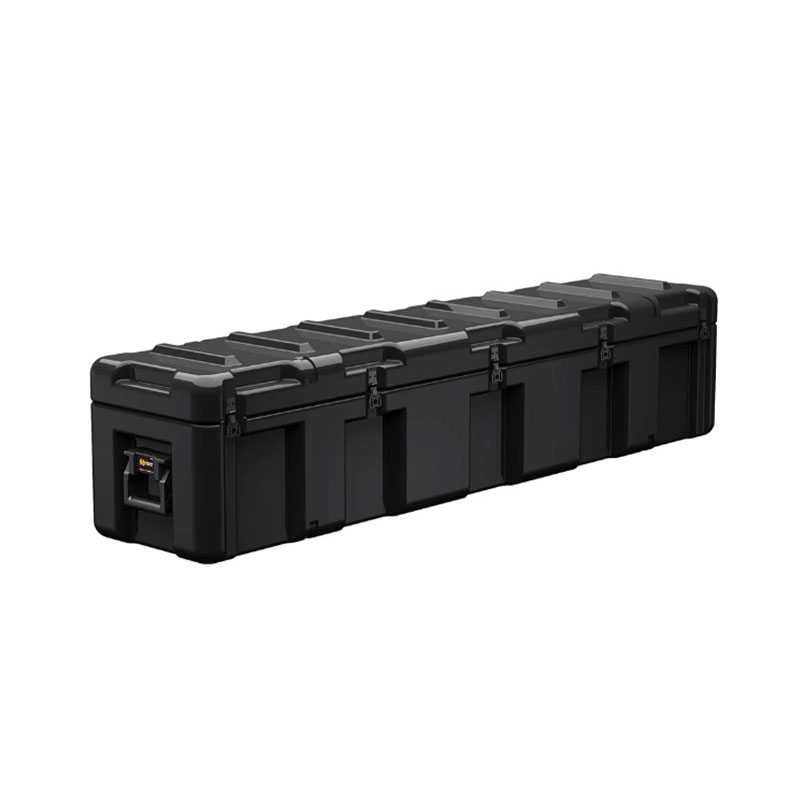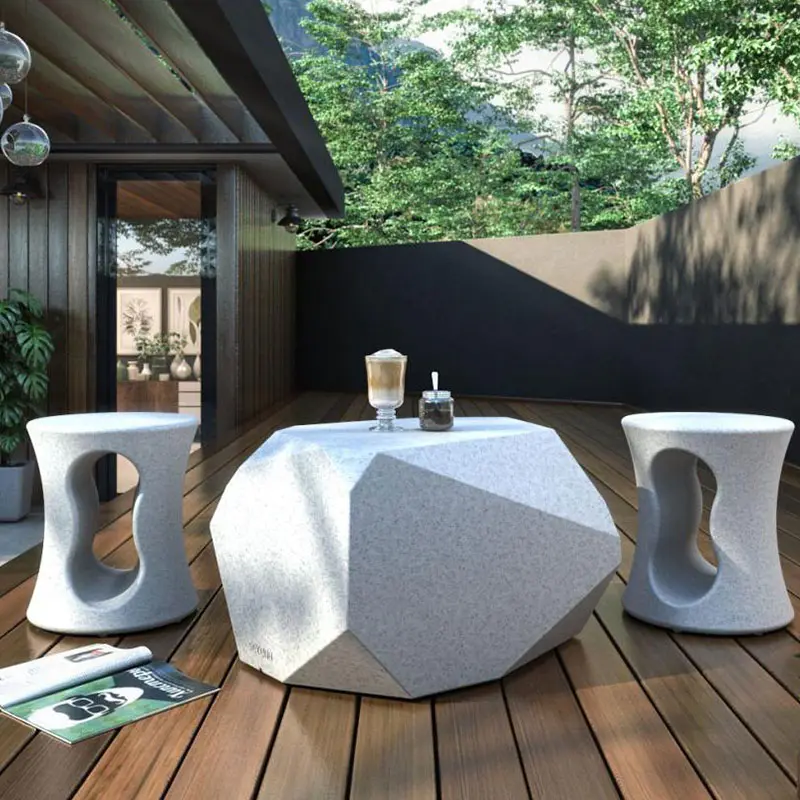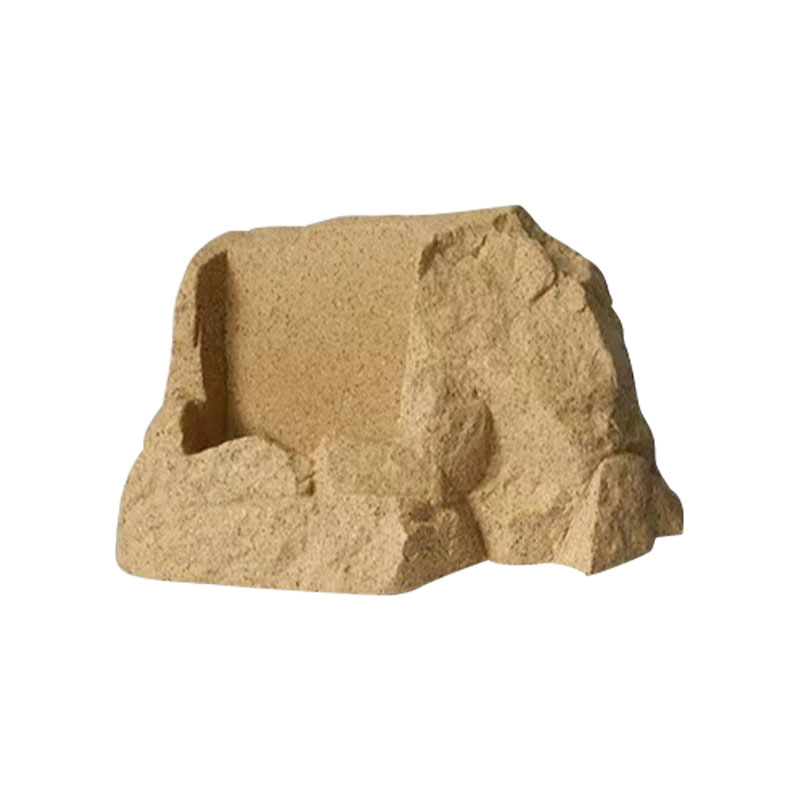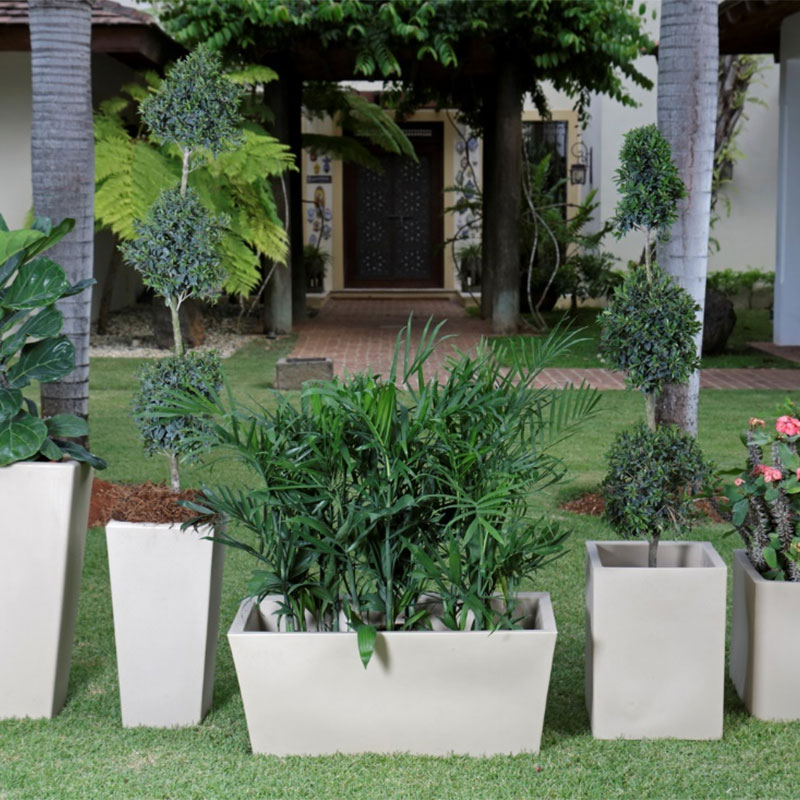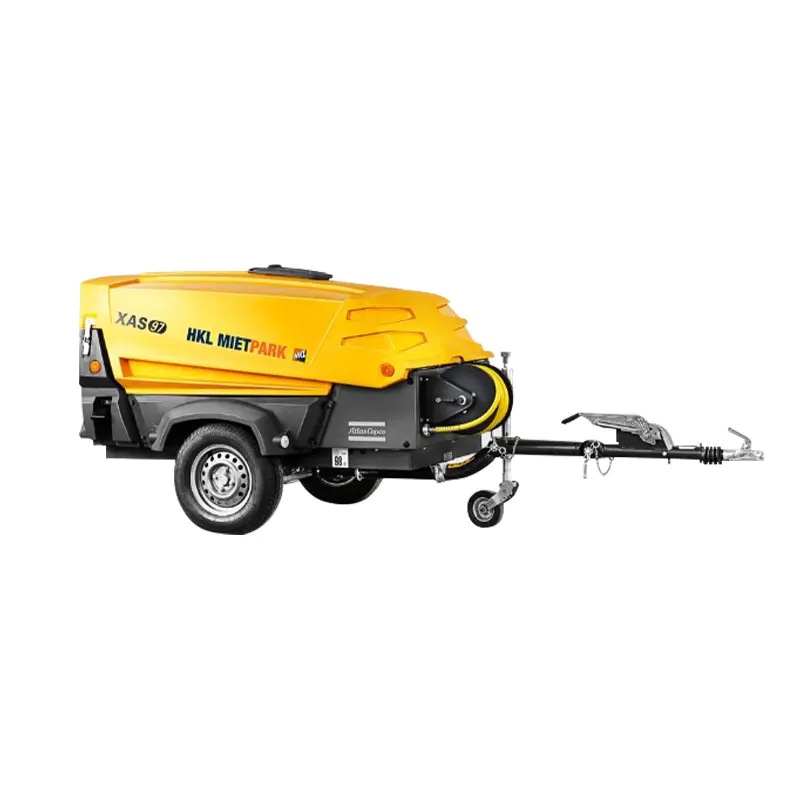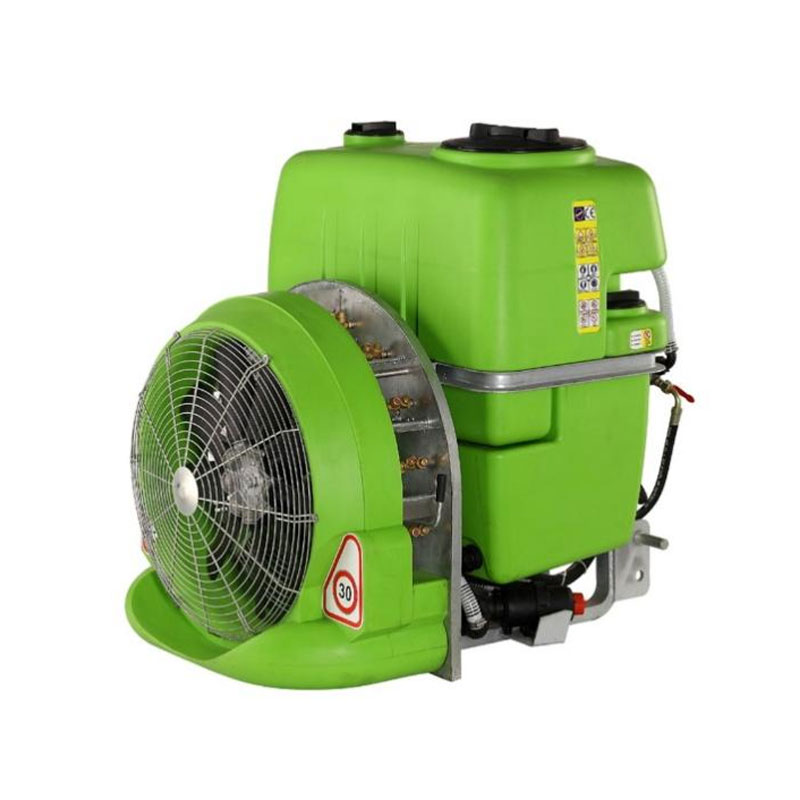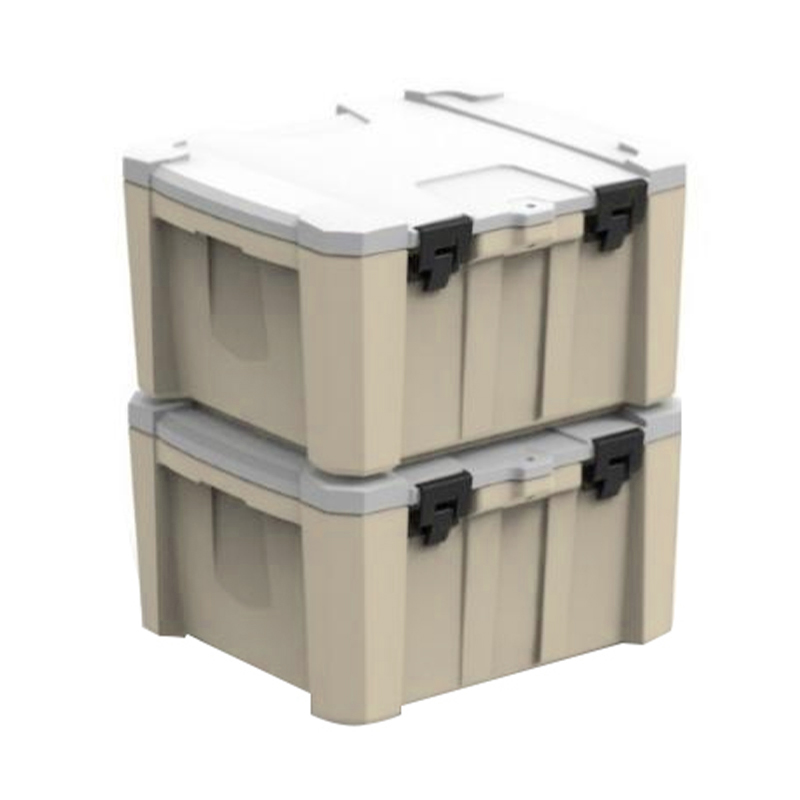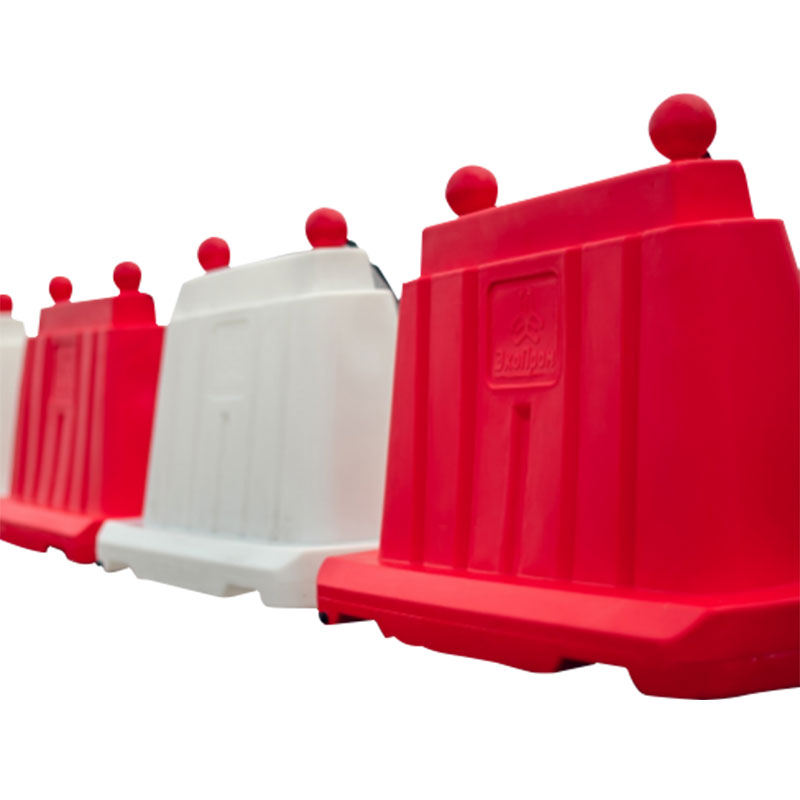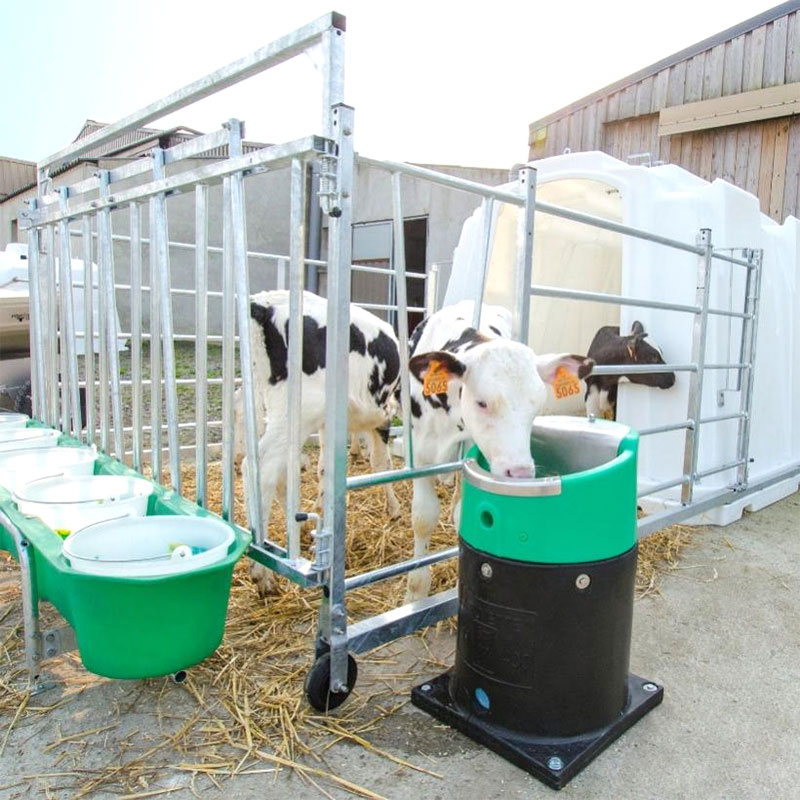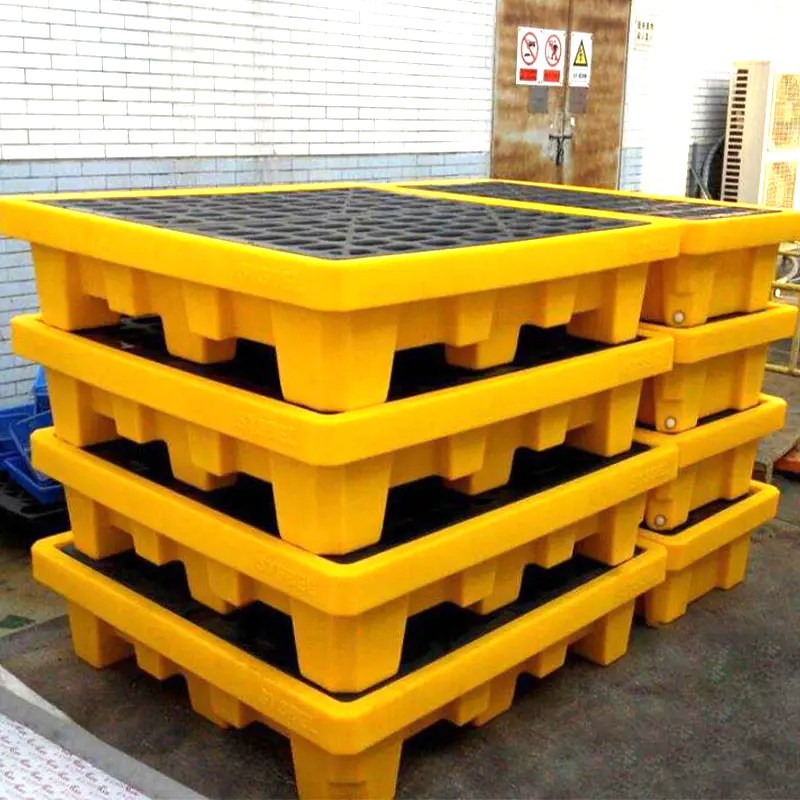Introduction: The Core of the Creation Process
In the world of furniture manufacturing, the process of rotational molding has gained significant traction for its ability to produce durable, seamless, and complex hollow items. From sleek indoor chairs to robust outdoor benches and versatile storage solutions, the applications are vast. However, at the heart of every high-quality rotationally molded furniture piece lies a critical, and often overlooked, component: the rotational molding furniture mold. This tool is not merely a container; it is the precise negative form that dictates every contour, texture, and structural nuance of the final product. The choice of mold type is one of the most consequential decisions a buyer or manufacturer will make, impacting everything from initial investment and product aesthetics to production speed and long-term operational costs.
This guide is designed to provide a detailed, impartial comparison between the two predominant types of rotational molding furniture molds: cast aluminum and fabricated sheet steel. For buyers, wholesalers, and production managers, understanding the distinct characteristics, advantages, and limitations of each mold type is essential for making an informed decision that aligns with specific product goals, budget constraints, and production volumes. The selection between cast aluminum and sheet steel is not about identifying a universally superior option, but rather about matching the right tool to the right job. We will delve into the fundamental properties of each material, their performance in the production environment, and the financial considerations that should guide your purchasing process, ensuring you have the knowledge necessary to invest wisely in your manufacturing capabilities.
The Foundational Role of the Rotational Molding Furniture Mold
Before dissecting the differences between cast aluminum and sheet steel, it is crucial to grasp the fundamental role a rotational molding furniture mold plays in the production cycle. The process begins with a predetermined amount of plastic powder, typically polyethylene, being loaded into the mold cavity. The mold is then closed and secured before being moved into an oven. It is simultaneously rotated biaxially (around two perpendicular axes), causing the powdered plastic to melt and evenly coat the entire interior surface of the mold. After the heating cycle, the mold transitions to a cooling station, where it is cooled by air and/or water, allowing the plastic to solidify into its final shape. The mold is then opened, and the finished furniture part is removed.
Throughout this demanding thermal cycle, the rotational molding furniture mold must perform several critical functions. It must transfer heat efficiently from the oven to the plastic material, withstand repeated and extreme temperature fluctuations without warping or degrading, and release the finished part cleanly and consistently. The interior surface of the mold directly imparts its finish onto the plastic; a polished surface creates a glossy part, while a textured surface creates a matte or patterned finish. The precision with which the mold is built determines the consistency of wall thickness, the sharpness of details, and the overall dimensional accuracy of every furniture piece produced. Therefore, the mold is not just a tool; it is the DNA of the final product, and its construction material is a primary factor in its performance.
An In-Depth Look at Cast Aluminum Molds
Cast aluminum molds are created through a process of melting aluminum and pouring it into a master pattern to form the desired mold shape. This method allows for the creation of highly complex and detailed geometries in a single, monolithic piece or in precisely mated sections. The properties of aluminum make it a highly sought-after material for specific applications within the furniture industry.
Superior Thermal Conductivity. The most significant advantage of cast aluminum is its excellent thermal conductivity. Aluminum transfers heat from the oven to the plastic powder more rapidly and uniformly than steel. This characteristic can lead to reduced cycle times, as the material reaches its melting point more quickly. More importantly, uniform heat transfer is critical for achieving consistent wall thickness throughout a part, especially in complex designs with deep recesses or intricate details. For furniture items where structural integrity and consistent quality are non-negotiable, this thermal efficiency is a major benefit.
Excellent Detail Reproduction. The casting process is exceptionally capable of capturing fine details. This makes cast aluminum the preferred choice for furniture designs that require intricate patterns, wood-grain textures, company logos, or other sophisticated surface features to be replicated directly onto the plastic part. The ability to create a master pattern with extreme precision means that every nuance can be transferred to the mold and, consequently, to every production piece. This high-fidelity reproduction is a key reason why designers often favor cast aluminum for high-end or architecturally specified furniture pieces.
Durability and Long-Term Performance. A well-maintained cast aluminum rotational molding furniture mold has a very long operational lifespan. It is less susceptible to warping over time compared to some thinner gauge steels when subjected to continuous heating and cooling cycles. The inherent strength of the cast form, combined with good wear resistance, ensures that the mold will maintain its dimensional stability and surface finish through thousands of production cycles. This makes it a durable, long-term asset for a production line.
However, cast aluminum also presents certain drawbacks. Its primary limitation is cost. The pattern creation and casting process is inherently more expensive than fabricating from sheet steel, resulting in a higher initial investment. Furthermore, while aluminum is strong, it is softer than steel and can be more vulnerable to physical damage, such as dings or scratches, during handling, cleaning, or part removal if proper care is not taken. Its lower strength-to-weight ratio also means that for very large furniture molds, like those for a large shed or oversized park bench, cast aluminum sections may need to be thicker and heavier to maintain rigidity, which can increase handling challenges.
An In-Depth Look at Fabricated Sheet Steel Molds
Fabricated sheet steel molds are constructed from pre-rolled sheets of steel, typically low-carbon steel or stainless steel, which are cut, formed, and welded together to create the desired mold shape. This method of fabrication offers a different set of advantages that make it ideal for many furniture manufacturing scenarios.
Cost-Effectiveness and Affordability. The most compelling advantage of sheet steel molds is their lower initial cost. The raw materials are less expensive than aluminum, and the fabrication process, while requiring a high degree of skill, is generally more straightforward and less time-consuming than creating a casting pattern and performing a pour. This makes sheet steel an accessible entry point for startups, for producing custom or niche furniture items in lower volumes, or for manufacturing very large parts where the cost of a cast aluminum mold would be prohibitive.
High Strength and Robustness. Steel is significantly harder and stronger than aluminum. This inherent robustness makes sheet steel molds highly resistant to impact damage, accidental drops, and the wear and tear of daily shop-floor handling. For large, heavy molds that are frequently moved with cranes or hoists, this durability is a significant operational advantage. A well-built steel rotational molding furniture mold can withstand a great deal of physical abuse without compromising its functionality, making it a resilient workhorse in a busy production environment.
Ideal for Simpler Geometries and Large Parts. While modern fabrication techniques like CNC punching and laser cutting have expanded the capabilities of steel molds, they remain most cost-effective for designs with relatively simple curves and flat or gently contoured surfaces. They are exceptionally well-suited for crafting large, box-like furniture items such as storage cabinets, planters, or simple benches, where the cost savings without a significant sacrifice in part quality are substantial. The strength of steel allows for the construction of very large mold frameworks without excessive bulk.
The trade-offs for sheet steel’s affordability and strength are primarily related to thermal performance and detail. Steel has poorer thermal conductivity than aluminum. This can result in longer cycle times, as it takes more time for heat to penetrate the mold and be transferred to the plastic powder. It can also lead to challenges in achieving perfectly uniform wall thickness in highly complex parts, as heat distribution may not be as even. While textures can be added to steel molds through chemical etching or other methods, the reproduction of very fine, intricate detail is generally not as sharp or precise as what can be achieved with cast aluminum. Finally, steel is prone to rust if not properly maintained, requiring careful storage and occasional surface treatment to prevent corrosion that could mar the surface finish of the molded furniture.
Head-to-Head Comparison: Cast Aluminum vs. Sheet Steel
To facilitate a clear and direct comparison, the following table consolidates the key characteristics of cast aluminum and sheet steel rotational molding furniture molds.
| Feature | Cast Aluminum Molds | Fabricated Sheet Steel Molds |
|---|---|---|
| Initial Cost | Higher | Lower |
| Thermal Conductivity | Excellent | Fair to Good |
| Cycle Time Impact | Shorter | Longer |
| Detail Reproduction | Superior, ideal for fine textures and logos | Good for general textures, less sharp for fine details |
| Durability & Strength | Good, but softer and more prone to impact damage | Excellent, very robust and resistant to physical damage |
| Weight | Lighter for a given volume | Heavier for a given volume |
| Best Suited For | High-volume production, complex designs, fine detail, consistent wall thickness | Large parts, simpler geometries, lower volume runs, budget-conscious projects |
| Long-Term Maintenance | Resistant to rust, but requires care to avoid physical damage | Requires vigilance to prevent rust; welded areas may need inspection over time |
This table provides a snapshot, but the context is key. The “best” choice emerges from a careful analysis of your specific project requirements. For a high-volume production line of a detailed garden chair with a wood-grain finish, the higher initial cost of a cast aluminum mold is easily justified by faster cycle times, superior finish quality, and long-term durability over hundreds of thousands of cycles. Conversely, for a manufacturer producing a limited run of large, simple-design storage boxes for a specific client, the cost-effectiveness of a sheet steel mold is the logical and economically sound decision, as the longer cycle times and lack of intricate detail are acceptable trade-offs for the significant capital savings.
Key Decision Factors for Selecting Your Mold Type
Making the final decision between cast aluminum and sheet steel requires a methodical evaluation of several core business and product factors. There is no one-size-fits-all answer, and the optimal choice is the one that best aligns with your overall operational and commercial objectives.
Production Volume and Lifespan Expectations. This is often the primary deciding factor. For long-running, high-volume furniture products, the investment in a cast aluminum mold can be amortized over a massive number of units. The faster cycle times also contribute to a higher output rate, improving the return on investment. Furthermore, the exceptional durability of cast aluminum ensures consistent quality over the mold’s long lifespan. For lower volume production, prototypes, or custom pieces, the lower upfront cost of a sheet steel mold presents a much lower financial risk and a faster path to production.
Part Complexity and Aesthetic Requirements. Critically assess the design of your furniture piece. Does it demand sharp, intricate details, deep textures, or complex, organic curves? If so, cast aluminum is the unequivocal choice. However, if the design is characterized by simple, geometric shapes with minimal texture, a fabricated sheet steel mold will perform perfectly well at a fraction of the cost. The required surface finish of the final part—whether a high-gloss polish or a specific texture—is also a key consideration, as achieving a high-gloss finish is generally more straightforward with a polished cast aluminum mold.
Part Size and Project Budget. The size of the furniture item directly influences mold cost and practicality. For very large items, the cost of a cast aluminum mold can become prohibitively high. The fabrication of a sheet steel mold is almost always more economically viable for oversized products like large kayaks, bulk containers, or big playground structures. The project budget is an inescapable reality. A clear understanding of your financial constraints will quickly narrow down the options. It is important to conduct a thorough cost-benefit analysis, weighing the higher initial investment of aluminum against potential long-term savings in production efficiency and part quality.
Lead Time and Maintenance Considerations. The lead time for manufacturing a cast aluminum mold is typically longer due to the pattern-making process. If time-to-market is a critical factor, a sheet steel mold can often be fabricated and delivered more quickly. Finally, consider your team’s capacity for maintenance. While aluminum molds do not rust, they require careful handling to avoid damage. Steel molds are physically tougher but require a disciplined approach to cleaning and storage to prevent corrosion, which could lead to defective parts and costly mold refurbishment.
The decision between a cast aluminum and a fabricated sheet steel rotational molding furniture mold is a fundamental strategic choice with lasting implications for your product quality, production efficiency, and financial bottom line. Neither material is inherently superior; each possesses a distinct profile of advantages tailored to different manufacturing scenarios. Cast aluminum stands out for its superior thermal performance, excellent detail reproduction, and long-term durability under high-volume conditions, justifying its higher initial cost through operational efficiency and impeccable finish quality. Fabricated sheet steel offers compelling cost-effectiveness, remarkable robustness, and is the pragmatic choice for larger parts, simpler designs, and projects operating with stricter budget parameters.

 English
English 中文简体
中文简体 русский
русский Español
Español